This carbon spoked wheelset presents a totally new revolution in wheel tech
Prototype Hunt wheelset is first to use new patented process
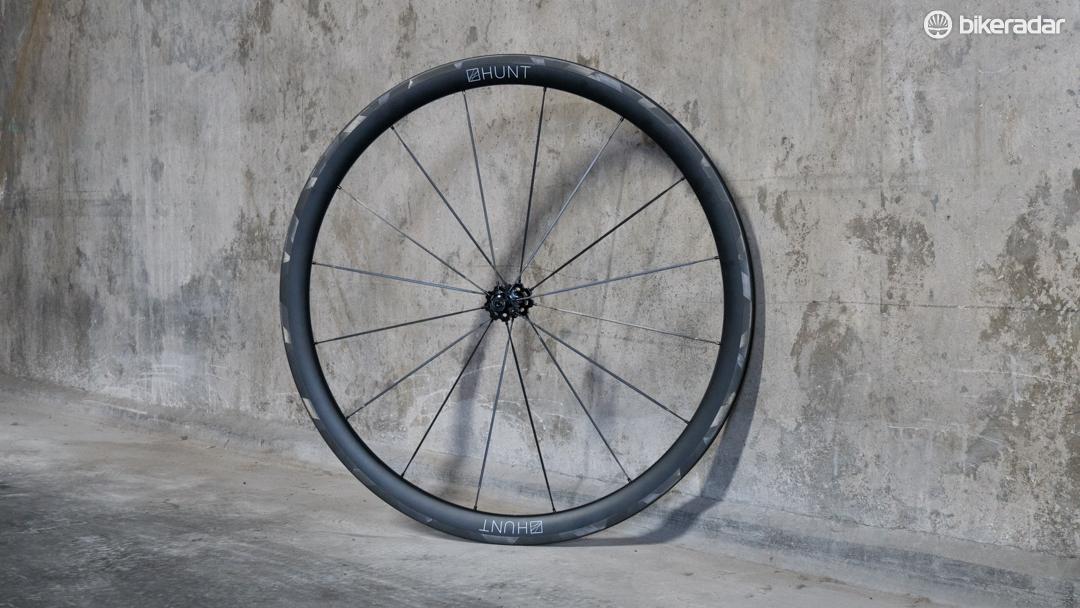
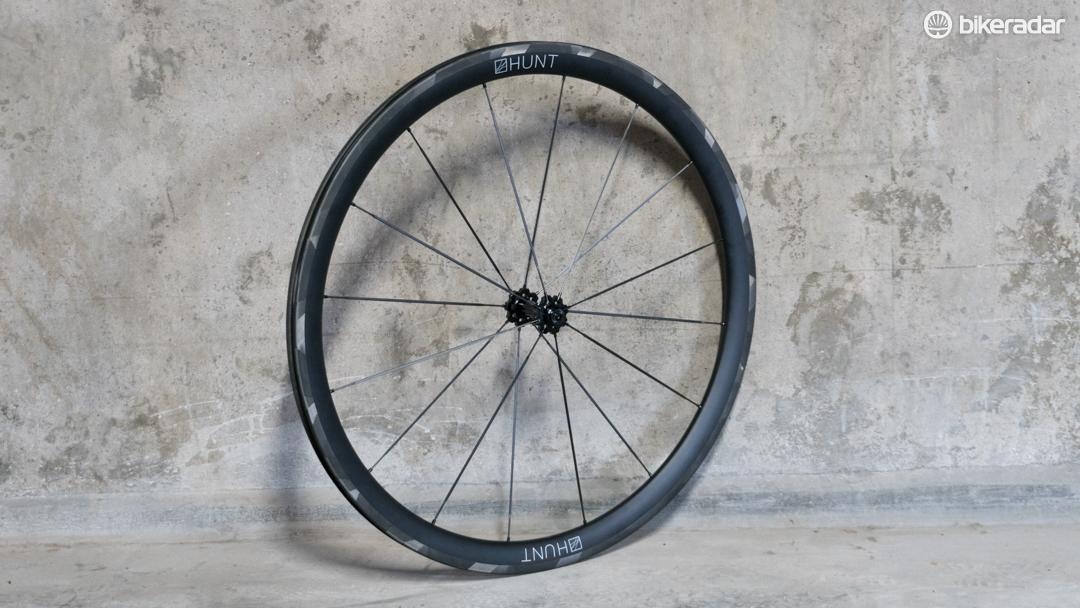
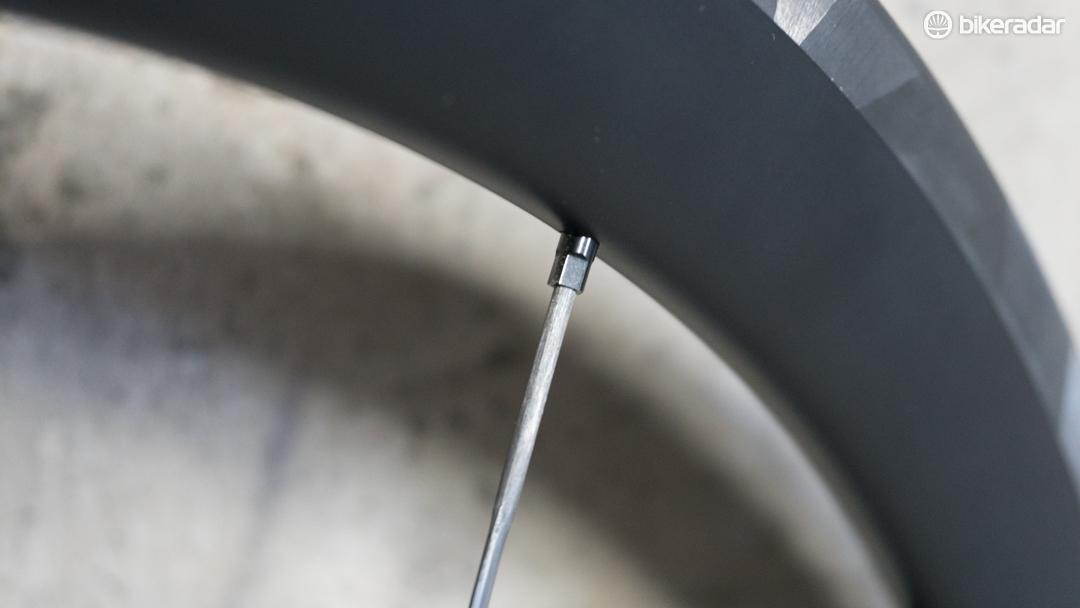
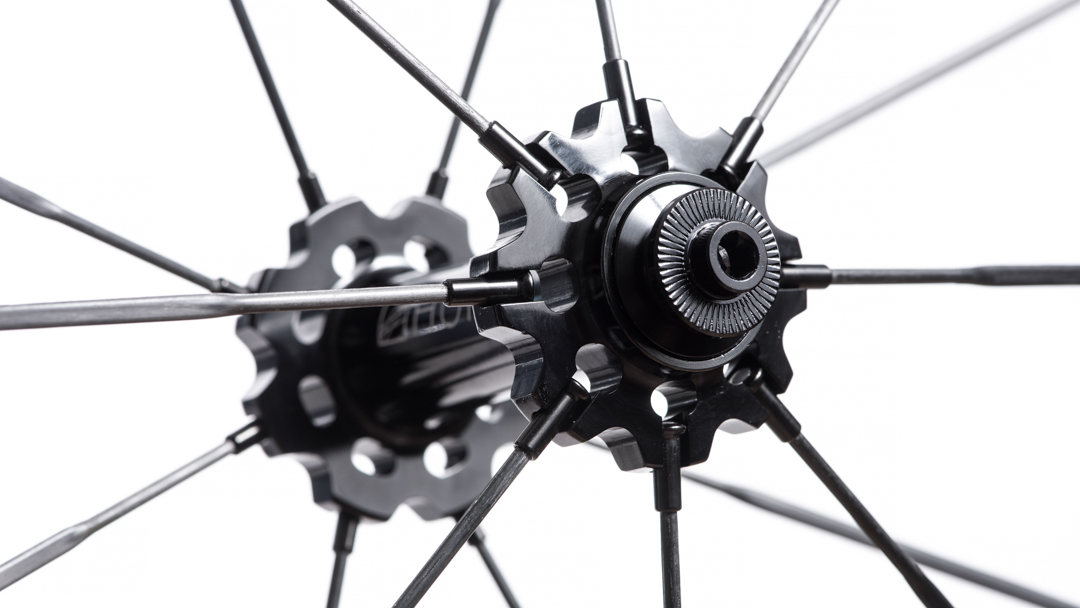
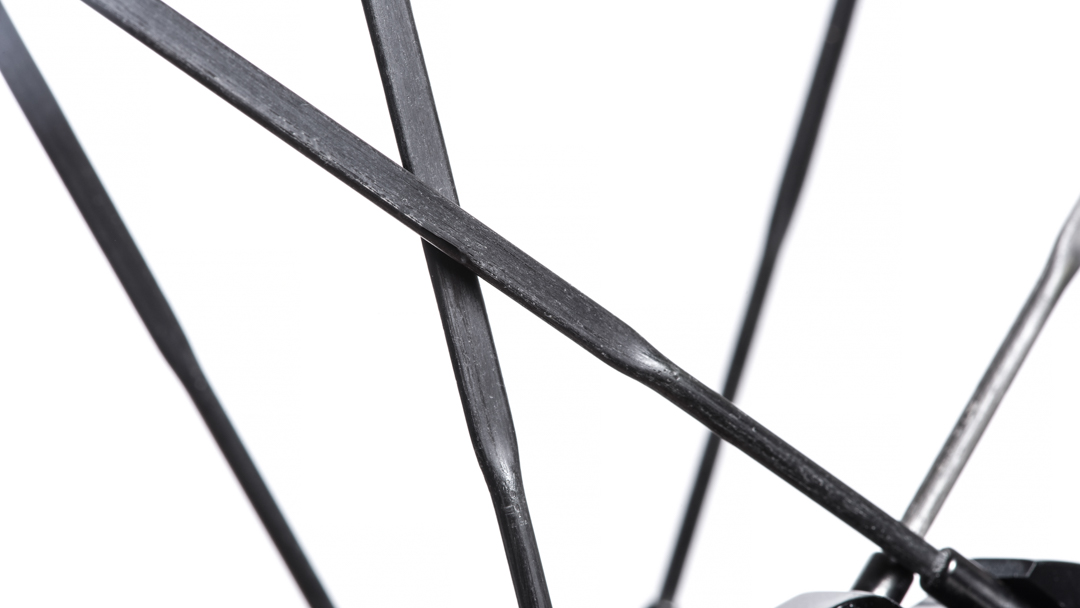
This article first appeared on BikeRadar.
This prototype 1,290g carbon-spoked wheelset from Hunt features a totally new patented process for attaching spokes and a filament-wound carbon rim is one of the most interesting we’ve seen in recent years.
- This Eagle-like cassette promises vastly cheaper drivetrain maintenance
- Magnetorheological damping could change suspension as we know it
Carbon challenges
The use of a truly unique carbon spoke system is the headline news for this prototype wheelset — no other wheelset currently available uses the same technology.
In fact, not many wheelsets use carbon spokes at all, and if they do, they often come with significant restrictions.
Carbon spokes cannot be made in the same way as a regular steel one — it’s not possible to add threads to carbon fibre, so different ways of attaching them to both the hub and rim has to be designed.
Most of the carbon-spoked wheels that we know of actually bond the spokes to hub and rim, making the wheel a one-piece unit that isn’t serviceable. Two notable examples are Lightweight and Mavic Cosmic Ultimate wheels.
Mavic also offers its R-Sys wheelset, which uses replaceable carbon pillar spokes, though it appears to be the only wheelset of its kind. Additionally, the large diameter, hollow spokes present a significant aerodynamic obstacle to speedy airflow.
Get The Leadout Newsletter
The latest race content, interviews, features, reviews and expert buying guides, direct to your inbox!
Indeed, while carbon spokes can offer competitive weights, they generally require more material to be used than would be needed for a steel spoke.
Carbon fibre has a higher strength to weight ratio than steel but it is also not particularly dense. This means more material volume is required than for steel in order to achieve the same strength (though that larger volume will still be lighter than the ‘equivalent strength’ steel).

That means that carbon spokes often end up being ‘fatter’ than an equivalent steel spoke, resulting in an aerodynamic impediment.
A new carbon spoke system
The spoke system that Hunt is using is different as it, on paper at least, combines the favourable properties of steel spokes with the weight saving of a carbon spoke.
Starting with weight, the new spoke and nipple weigh in at only 3.2g — that’s 1.35g lighter than the claimed weight for the class-leading Sapim CX-Ray (with an alloy nipple). For the 16 front and 21 rear spokes of the prototype wheelset, that adds up to a weight saving just shy of 50g.

The carbon fibre is a unidirectional layup, giving the spoke a load limit of 300kgf. That far exceeds the 125kgf tension that carbon rims are usually built up with.
There are some unique things going on that allow the spoke to be mounted in a relatively ‘conventional’ way.
The spokes area is designed to be used with a straight-pull hub. However, the mounting interface does not sit directly on the carbon fibre material.
Instead, the spoke is fitted with a flared aluminium cap at its base. Rather than being bonded — which would introduce a potential point of failure — this cap is mechanically fixed to the end of the spoke.
During forming, the alloy cap is placed on the spoke, and the carbon fibre head is flared and tapered. This in turn effectively wedges the cap in place when it is slid to the end of the spoke.
An alloy cap with threads is bonded to the top of the spoke. While it looks like a conventional nipple, this is fixed in place. I.e. it can’t be turned to tighten or loosen the spoke.

Instead, the seats are used to hold the spoke in place and prevent rotation during truing. An internal nipple can be accessed from the rim bed and threads onto the cap, allowing the spoke to be tensioned.
This makes maintenance of these spokes the closest we have seen to any conventional wheel, and should significantly streamline servicing of such a wheelset.
If indeed the spokes are as user-friendly as they seem, this could overcome one of the major limitations that has encumbered complete carbon wheels.
The supplier Hunt has partnered with for these wheels has patented this spoke production process. While we may see other wheels and manufacturers using this technology, Hunt hopes to be the first to offer a wheel with this system.
Filament Wound Rim
The spokes aren’t the only interesting thing going on here — rather than use a conventional prepreg layup, Hunt is experimenting with filament winding for the new rims.
This process involves winding the carbon fibre filament around a mandrel into the desired shape, instead of building up the structure with pre-cut ‘sheets’ of carbon fibre.
This has a number of potential advantages. Because it’s largely computer controlled, filament winding can offer precise and repeatable carbon construction, without the variability associated with hand layup. The process could also help reduce manufacturing costs and help scale production
Filament winding allows precise tailoring of the structure so that carbon fibres are oriented in the direction of load (the direction in which they are strongest), can be wound to reinforce key areas and moreover, the use of a continuous length of carbon filament can help improve strength and reduce weight.
Up until now, filament winding has generally been used for simpler geometries such as pressure vessels. However, advances in technology have made more complex shapes possible.
We’ve struggled to get our heads around how a rim would be manufactured, though we imagine that at a basic level, filament winding a rim would look something like this.
Currently, we’re only aware of Velocite offering filament wound rims, so it’s exciting to see more brands experimenting with this technology.
We were unable to get many more details from Hunt about the rim. The current prototype has a 38mm deep profile with an 18mm internal width, but Hunt was understandably tight-lipped about anything else.
A completely new carbon wheel
As it stands, the current prototype wheelset weighs in at 573 grams for the 16-spoke, radially laced front wheel and 717 grams for the 2:1 ratio, 2-cross laced, 21-spoke rear (1,290g for the math-allergic). This weight includes rim tape.

However, it should be noted that this wheel is still very much a prototype and various elements are subject to change and improvement. The wheelset we had a peek at is actually the only one even Hunt has at the moment
These prototypes have been built up as a proof of concept, in particular, to prove that the spokes provide a viable, reliable and workable option for a high-performance wheelset.
Availability
Hunt hopes to be the first to market with this new spoke technology and anticipates a launch in early 2019.
Pricing is yet to be announced but keep an eye out here as we’ll keep you updated as we find out more.